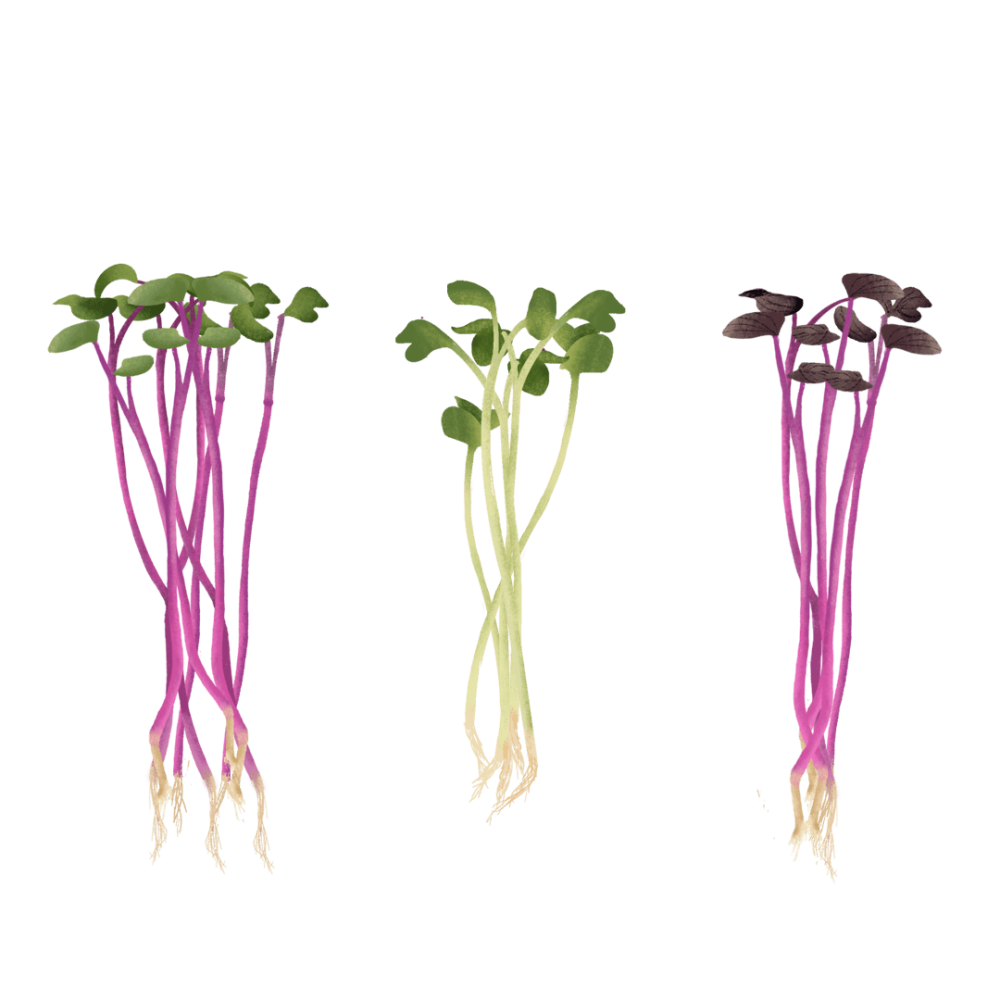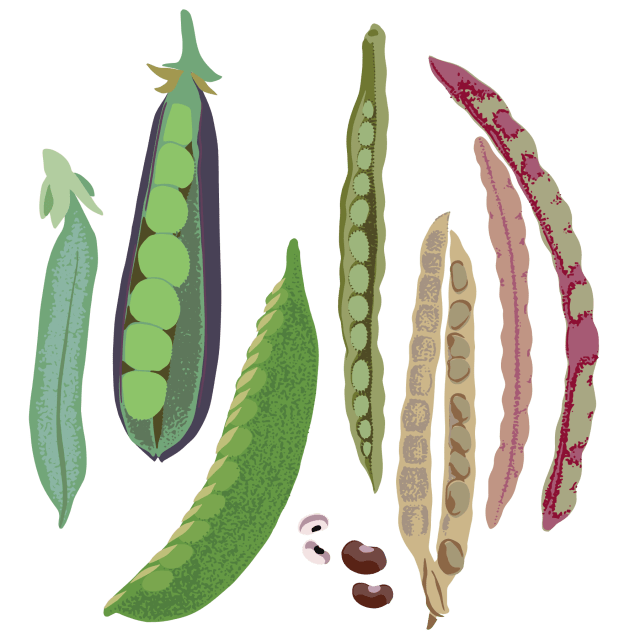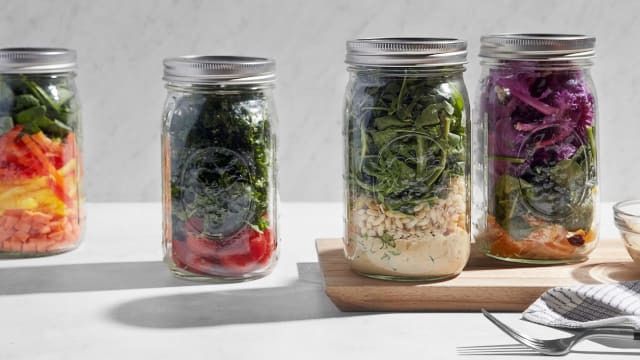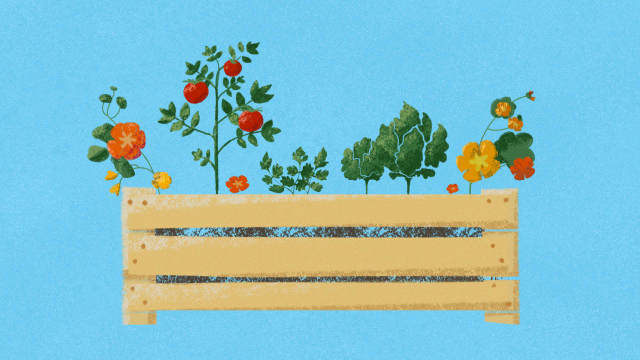Microgreens

Ingredient: Microgreens
Other name: sprouts
Uses: vegetable, edible garnish
What are microgreens?
Microgreens are edible greens harvested between the “sprout” and “baby” stage. They’re usually salad greens but broccoli, radish, sunflower, chard, buckwheat, beets, and peas are common too. Tender herbs like basil, chives, and cilantro are also sometimes used for microgreens. Microgreens are grown in soil and harvested after they’ve grown for a couple weeks, whereas sprouts are grown without a substrate and eaten, root and all, within a few days of germinating.
Why are microgreens healthy?
Everything that’s good about leafy greens is even more so for microgreens. Microgreens are as close to a nutritionally ideal form of a plant as you can get. They’re packed with all the stuff the seeds needed to germinate, resulting in a food that contains around 40% more beneficial phytochemicals than when they’re fully grown so a little goes a long way!
In addition, most microgreens are high in minerals including iron, zinc, magnesium, and potassium. Microgreens in the Brassicaceae family are particularly beneficial in reducing oxidative stress since they contain high amounts of the bioactive sulforaphane.
What do microgreens taste like?
Microgreens usually taste like a sweeter, brighter version of their adult plant. Basil microgreens taste like more intense basil and chive microgreens taste like concentrated chives. Depending on which type of sprout they come from, microgreens can be spicy and pungent (radish and broccoli), nutty and grassy (alfalfa and sunflower), or sweet (pea and buckwheat).
How do I use microgreens?
You don’t really have to do anything to microgreens other than sprinkle them onto whatever you’re using them for — they’ll instantly beautify anything they touch. You can roll them into sushi and sprinkle them on rice bowls, cold noodles, and grainy salads to add a boost of flavor and nutrition.
What do microgreens pair well with?
If fine dining tasting menus are any indication, microgreens pair best with overpriced amuse-bouches. It depends on which type of greens you’re using, but in general microgreens will taste best in fresh dishes that aren’t hot enough to wilt them. That said, larger sprouts like daikon radish and pea shoots are as delicious in Japanese hot pots as they are wrapped in nori. Alfalfa and broccoli sprouts are a classic “health food” from the 1960s and 70s, making a great topping for veggie burgers and cucumber-cream cheese sandwiches.
Where do microgreens grow?
Microgreens are typically grown in greenhouses by specialty growers, but if you don’t feel like shelling out the dough for a tiny tub of cotyledons, you can grow microgreens yourself using a tidy sprouts kit, a shallow gardening tray, or even a glass mason jar. You can usually find seed mixes and growing kits specifically for microgreens in garden centers.
How to buy microgreens:
Look for microgreens at farmers markets or in the produce aisle of better-stocked grocery stores, where they’re usually in plastic clamshells shelved by fresh herbs. Store these in the refrigerator and give them a good rinse before using, since sprouts and microgreens can carry E. coli and salmonella. If you grow your own, just snip off what you need from the plant with scissors or a paring knife (and still give them a rinse).
Fun microgreens fact:
Though various sprouts (mainly soybean, mung bean, and alfalfa) have been pretty widespread in markets since the 1960s (when American interest in Japanese and Chinese cooking and health foodie counterculture peaked, especially on the West Coast), the idea to wait a couple weeks to harvest doesn’t seem to have occurred to cooks until the mid-2000s, when microgreens suddenly began to appear on fine dining menus.



